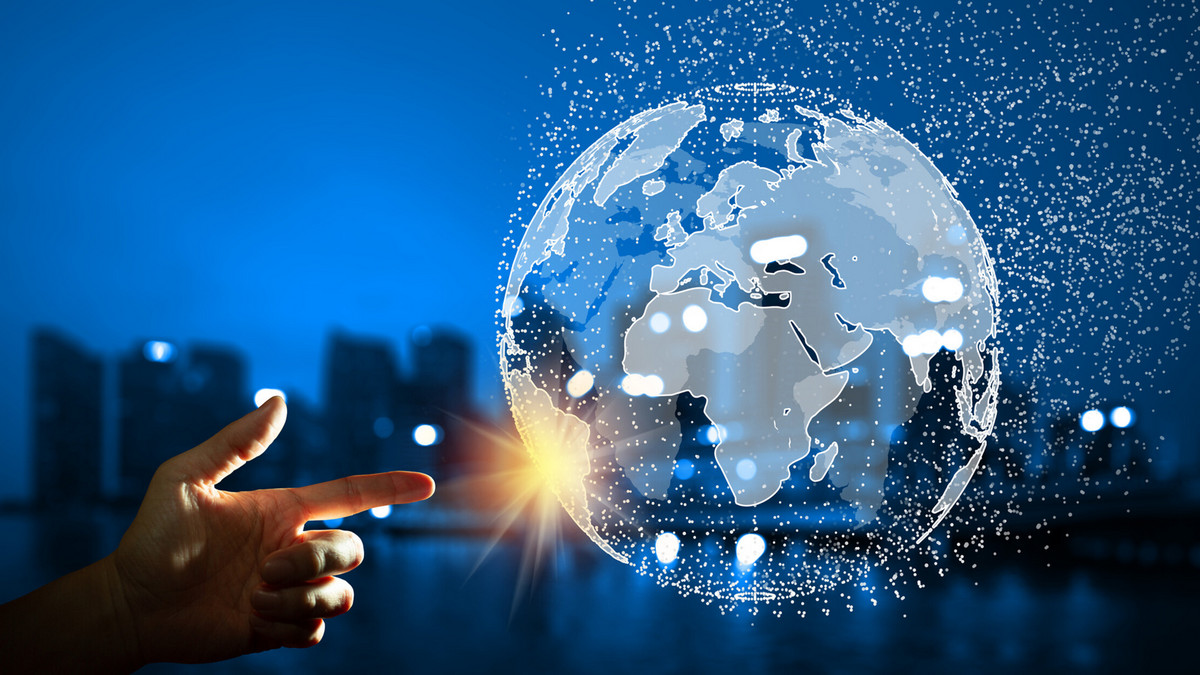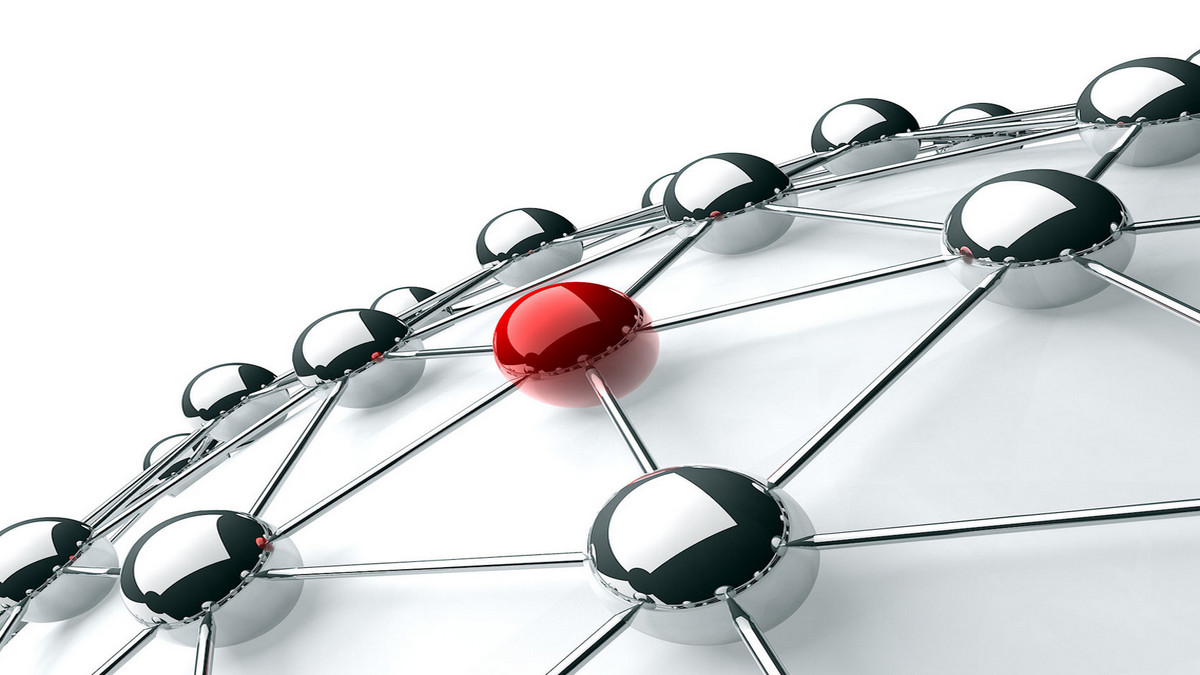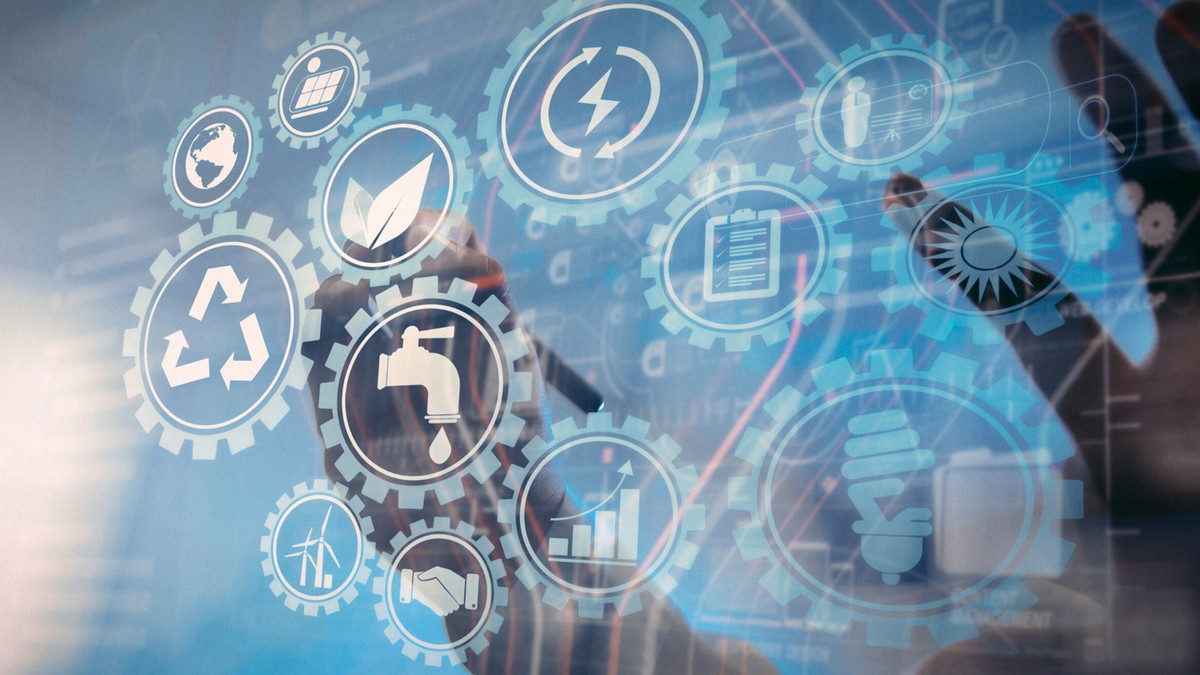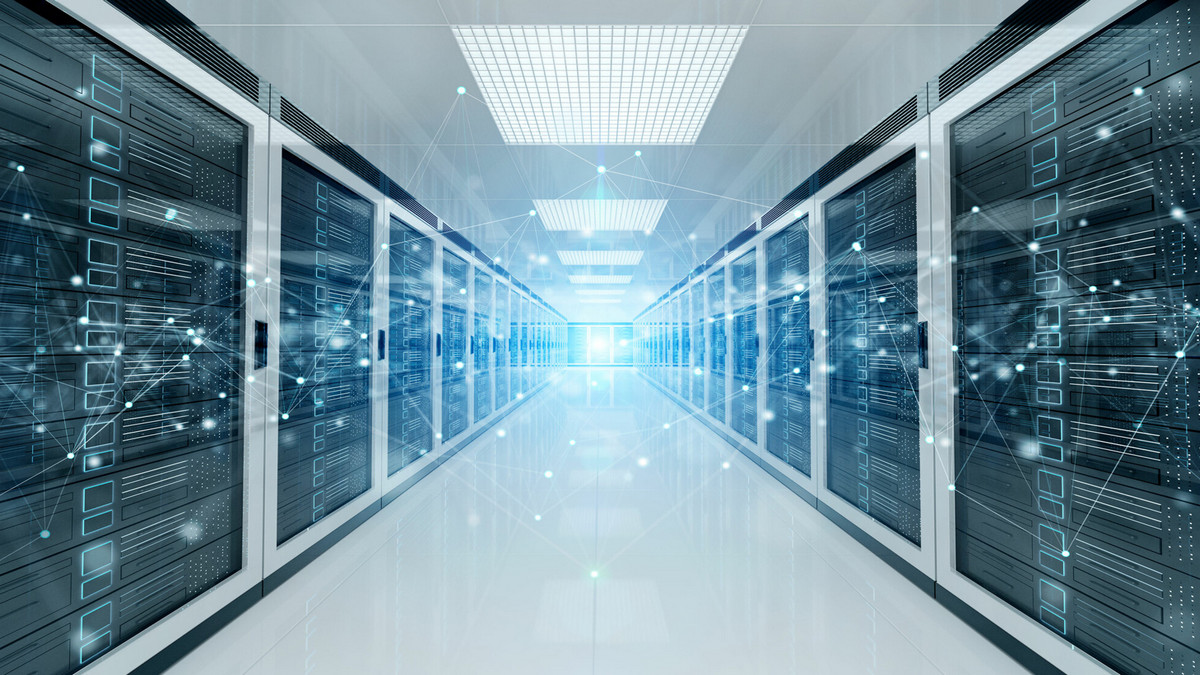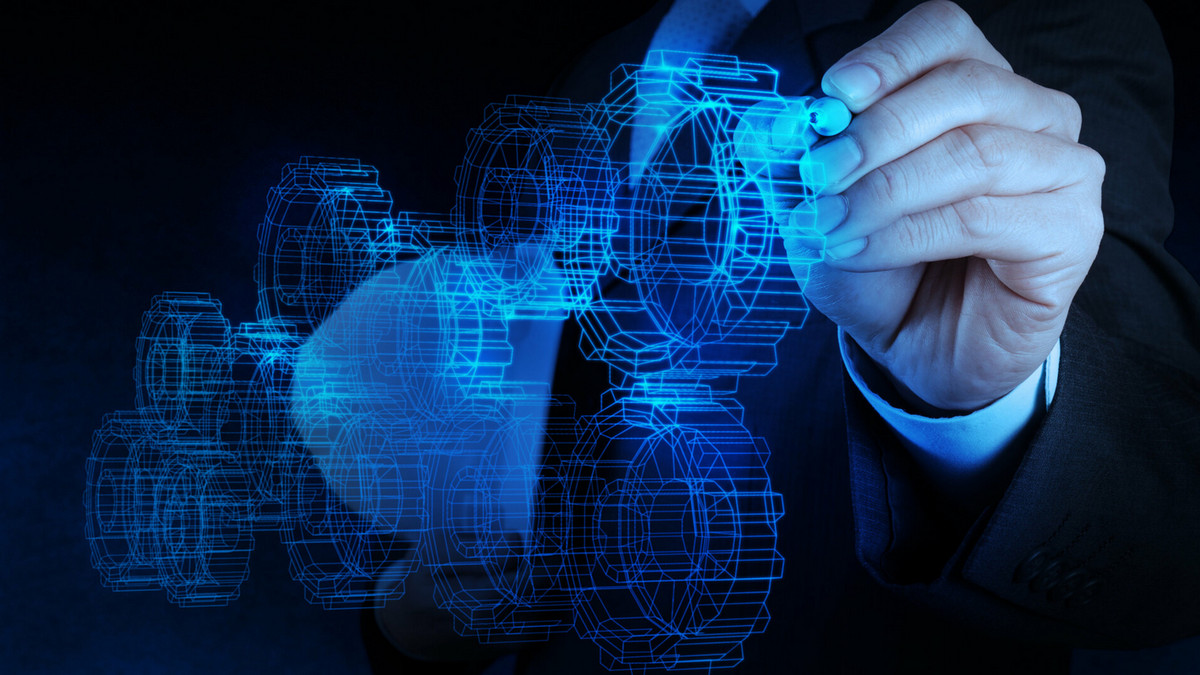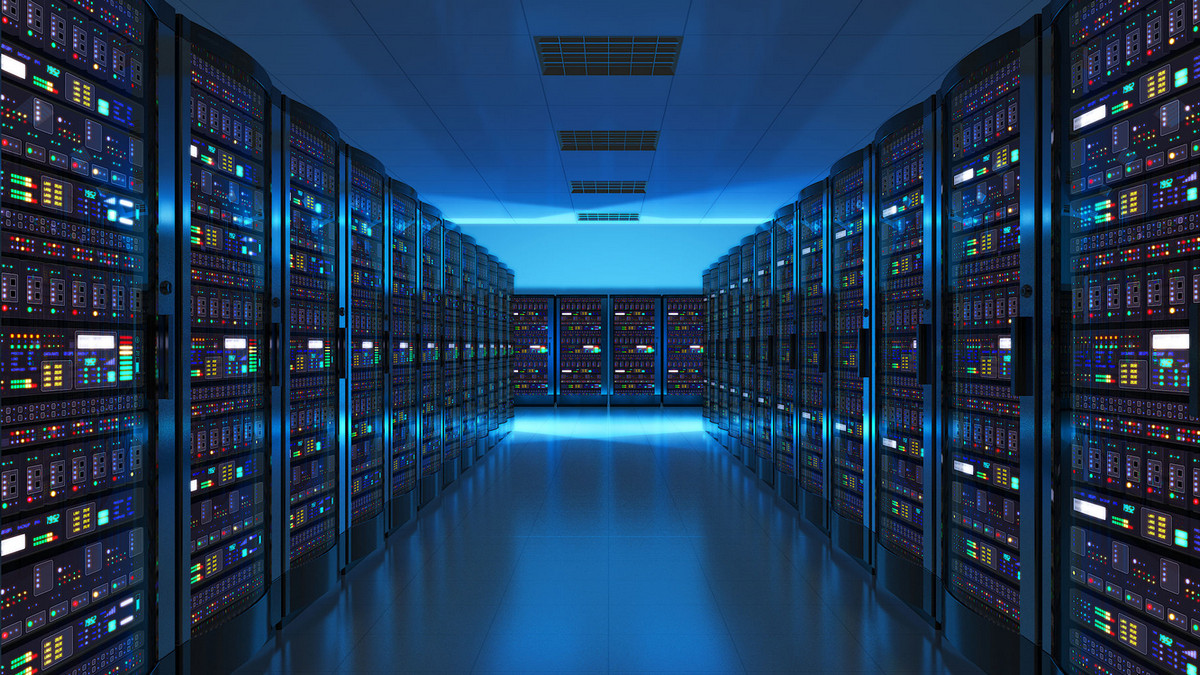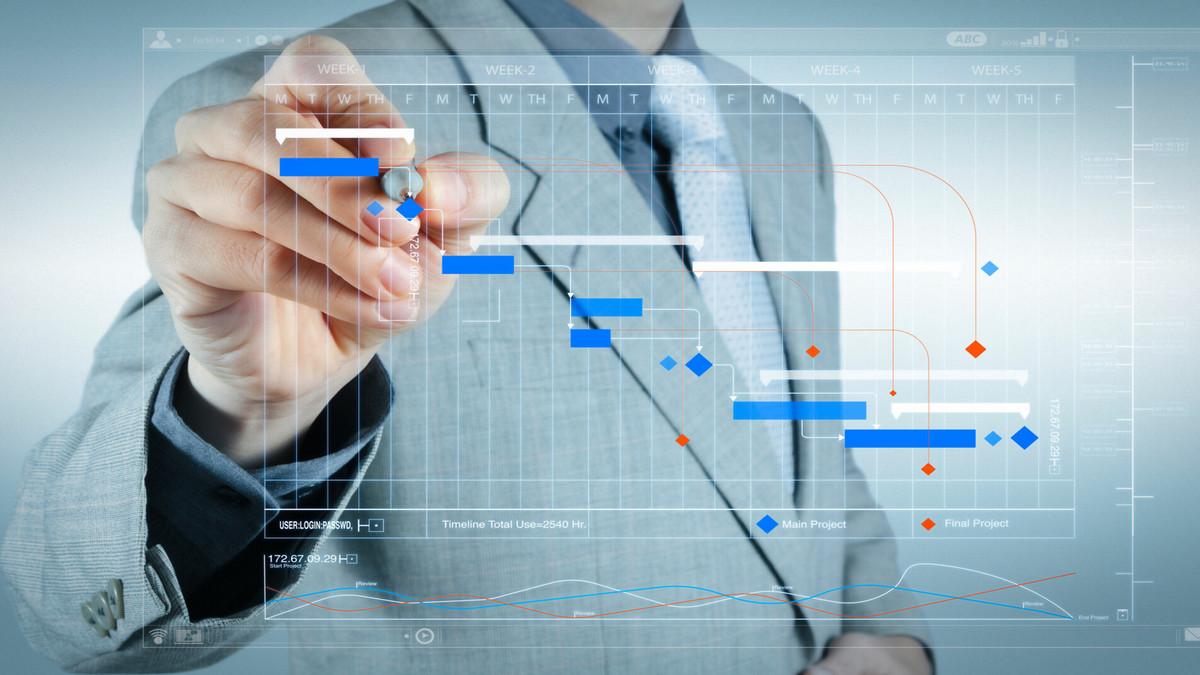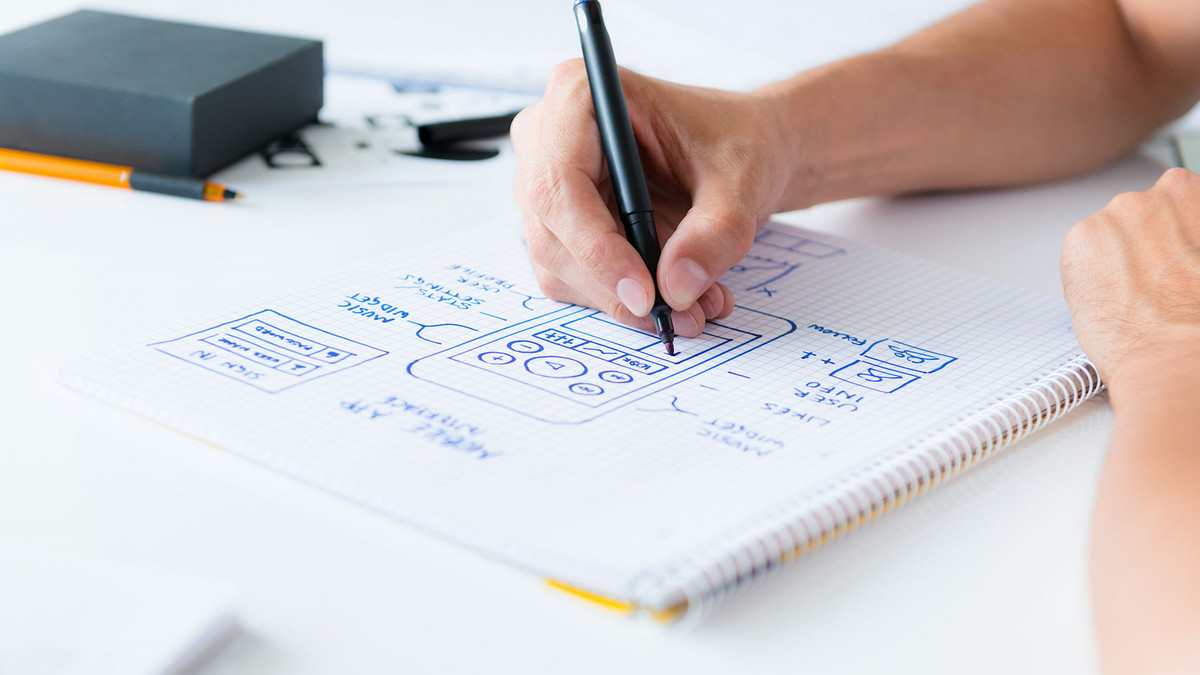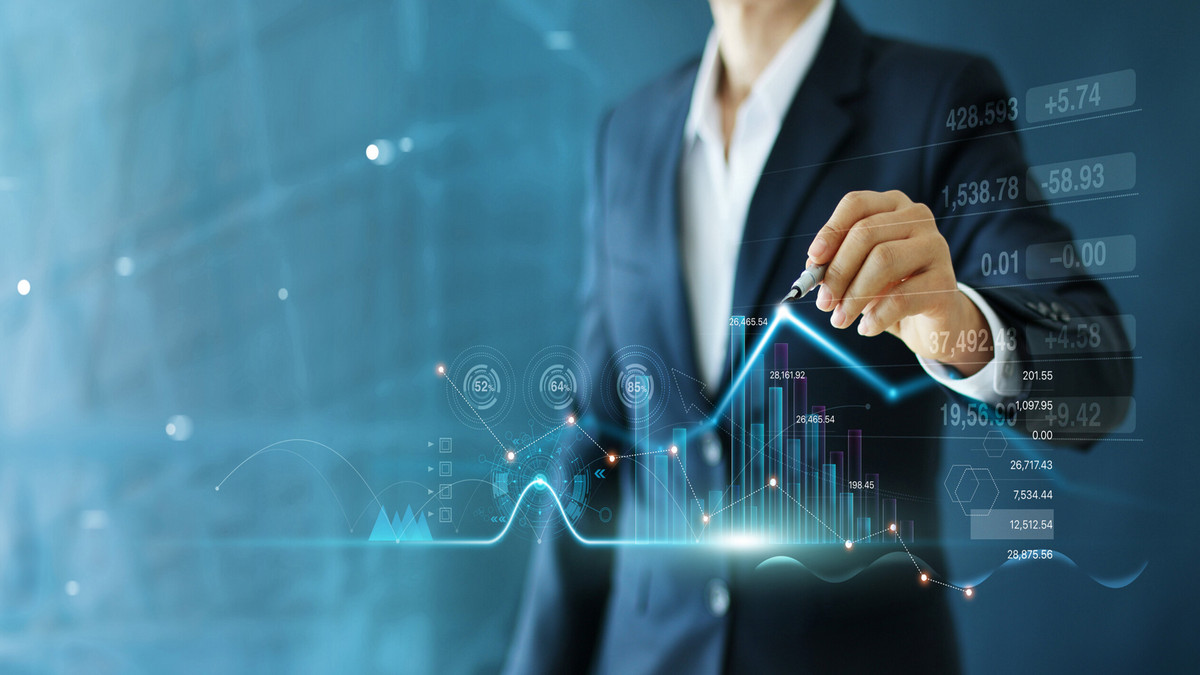Trend
Data science is a complex process of extracting, integrating, and analyzing data, combining knowledge from computer science, mathematics, statistics, and related fields to help companies understand their customers, understand industry competition, and make relative decision-making.
2022-10-07 10:35:27
Deep learning is a way of machine learning, by building a network, setting goals, and learning. Deep learning is not a panacea for artificial intelligence, it can only be designed for specific needs.
2022-10-06 16:41:50
Breakthroughs in deep learning in recent years have come from the development of Convolutional Neural Networks (CNNs or ConvNets). It is the main force in the development of the deep neural network field, and it can even be more accurate than humans in image recognition.
2022-10-06 11:23:52
As the global demand for cloud computing continues to double, cloud computing is not a whim, but a technology and various applications that have slowly developed from decades of information technology. With the rapid progress of the times and changes in the general environment, the public can enjoy cloud services at any time.
2022-09-28 17:24:20
The real power of quantum computers is not the speed of computing, but the ability to process problems in parallel. By harnessing the uncertainty of quantum physics, it could revolutionize medicine, accelerate artificial intelligence, and upend cryptography.
2022-09-22 14:07:12
Tiny AI integrates low-power, small-volume NPU, and MCU adapts to various mainstream 3D sensors in the market. And supports three mainstream 3D sensing technologies such as structured light, ToF, and binocular stereo vision, to meet the needs of voice, image, and so on to identify needs.
2022-09-21 09:55:06
A data lake is a centralized repository for storing, processing, and securing large volumes of structured, semi-structured, and unstructured data. It can store data in its native format and handle any conversion format regardless of size limitations.
2022-09-20 15:19:56
Machine learning (ML) is a type of artificial intelligence (AI) that allows businesses to make sense of large amounts of data and learn something. Through mathematical optimization, it can help to interpret the correctness of data and improve the decision-making basis of machine learning.
2022-09-20 10:49:02
Through modularization, a series of universal functional modules are designed, and these modules are selected and combined according to requirements to form products with different performances and specifications.
2022-09-19 13:37:48
DevOps is an approach to corporate culture, automation, and platform design that enhances business value and resilience by delivering fast, high-quality services and relying on fast-paced and repeatable IT services.
2022-09-16 10:40:20
Hot Topic
Agree

